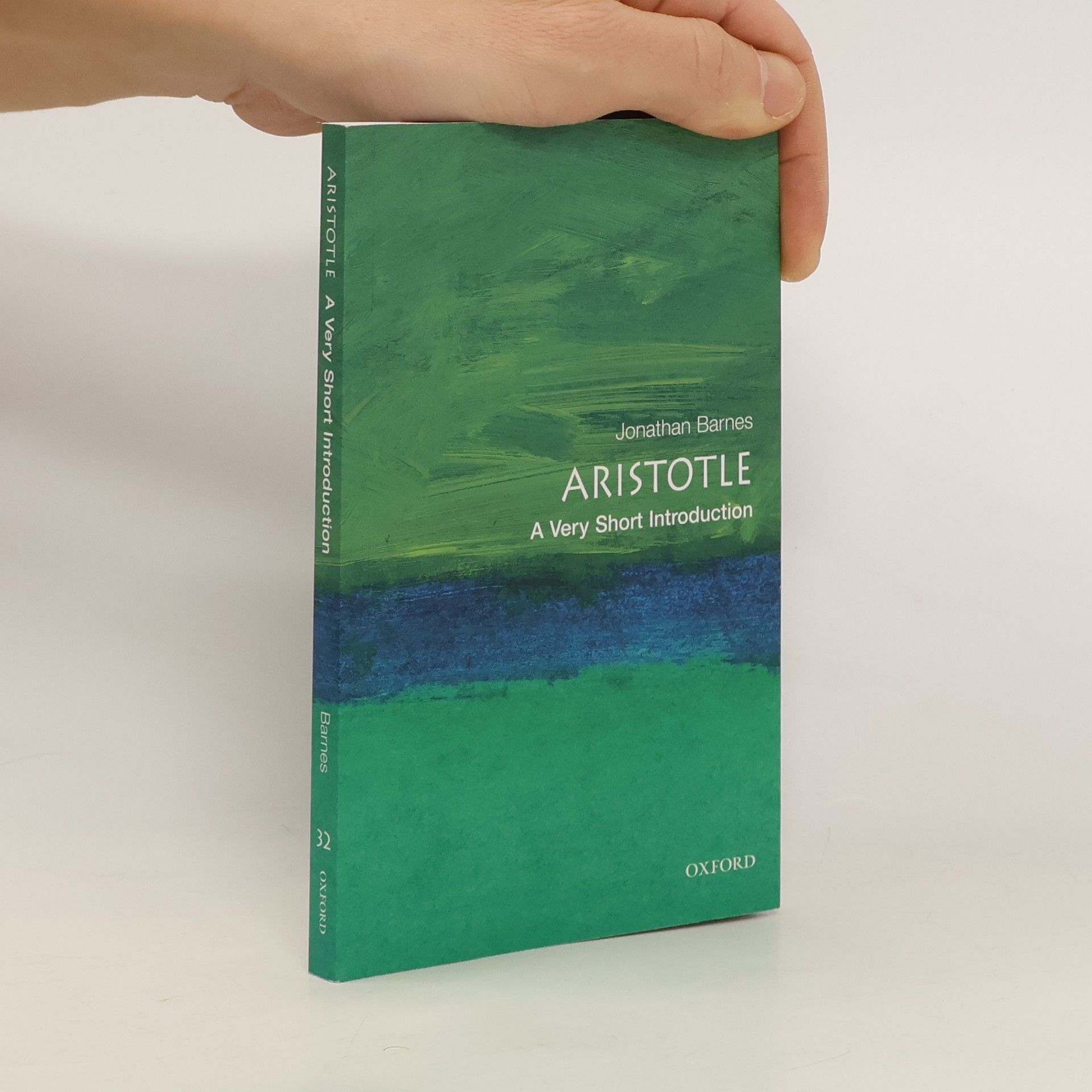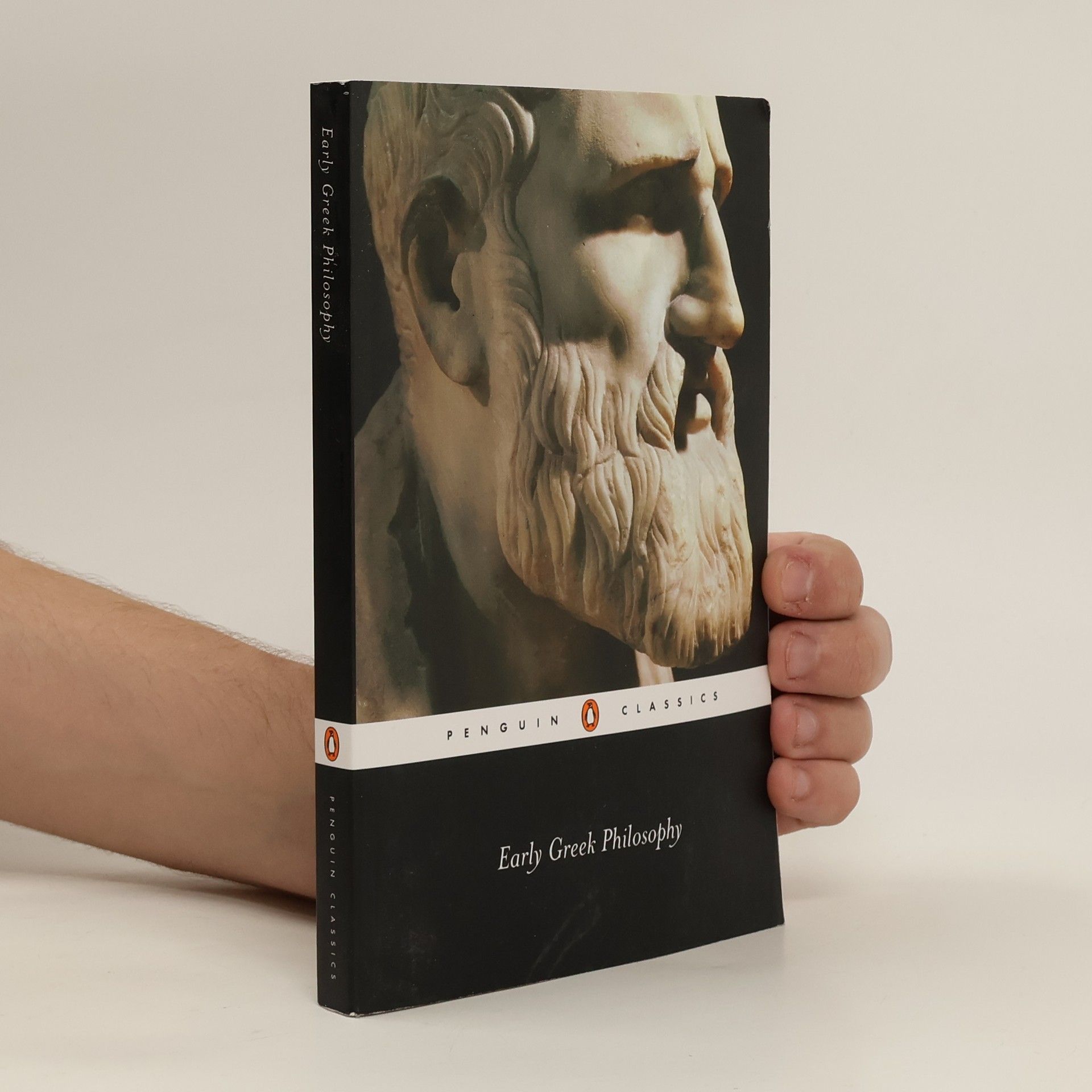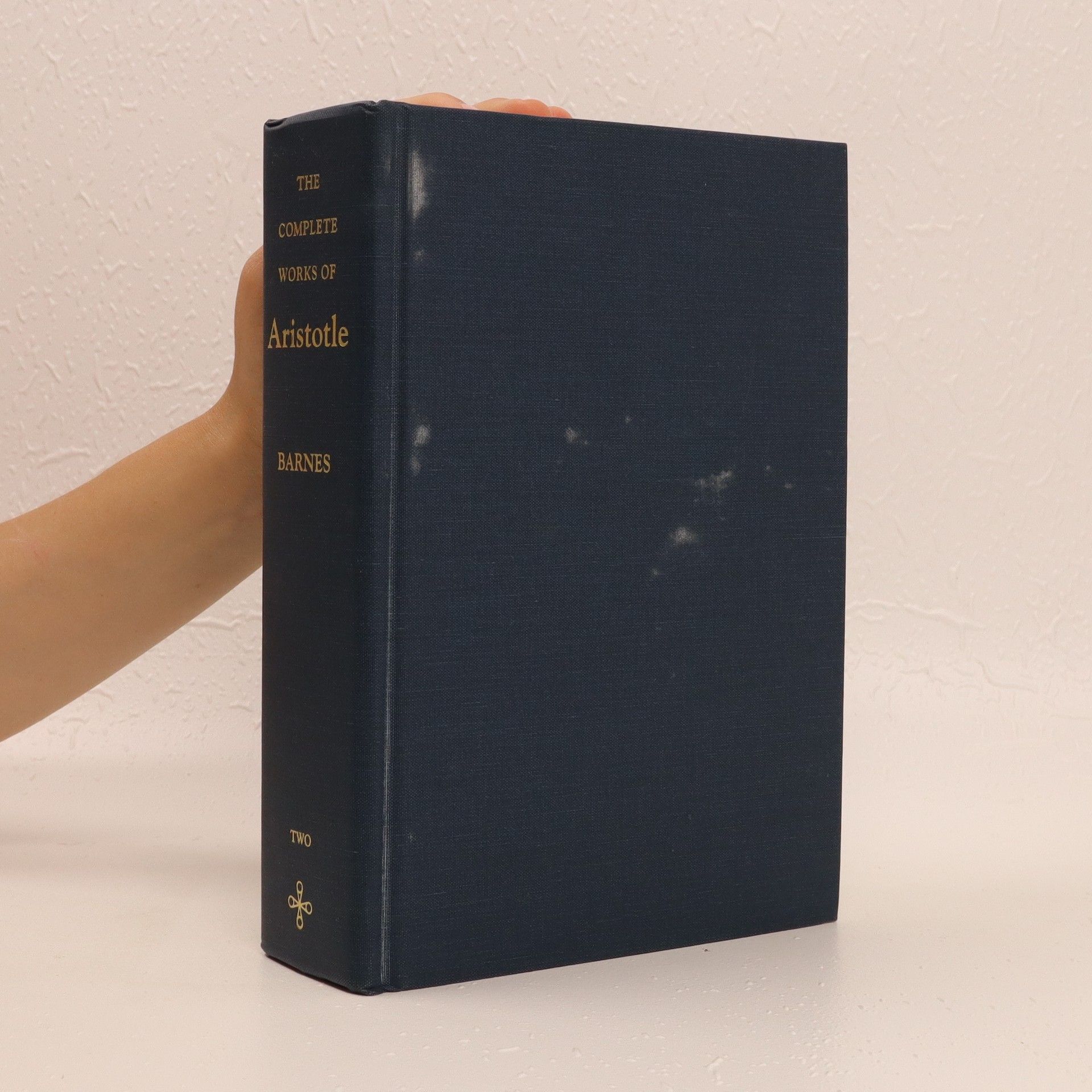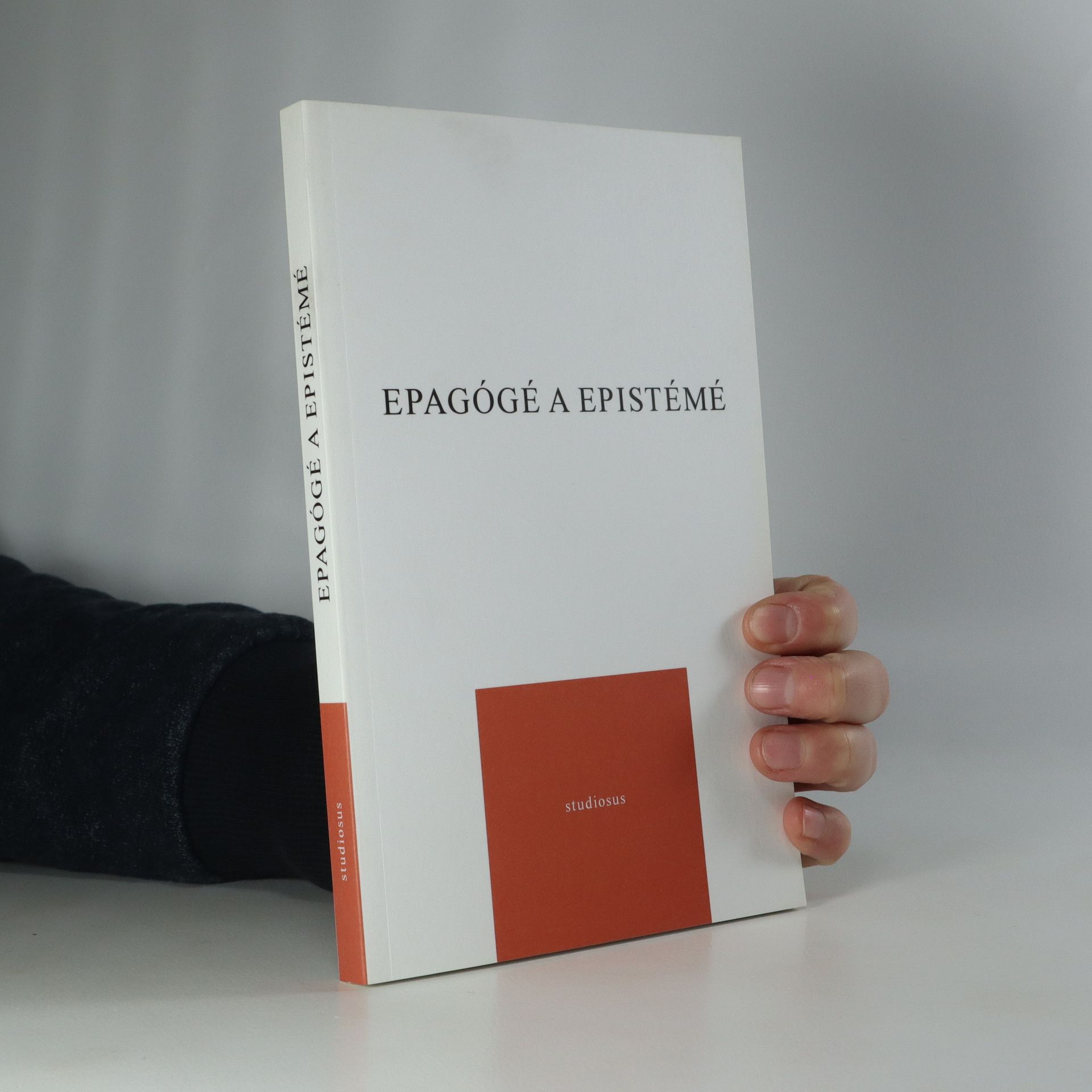Sborník zkoumá některé aspekty Aristotelovy filozofie a logiky.
Jonathan Barnes Knihy







The Oxford Translation of Aristotle was originally published in 12 volumes between 1912 & 1954. It is universally recognized as the standard English version of Aristotle. This revised edition contains the substance of the original Translation, slightly emended in light of recent scholarship; three of the original versions have been replaced by new translations; and a new and enlarged selection of Fragments has been added. The aim of the translation remains the same: to make the surviving works of Aristotle readily accessible to English speaking readers.
The Oxford Translation of Aristotle was originally published in 12 volumes between 1912 and 1954. It is universally recognized as the standard English version of Aristotle. This revised edition contains the substance of the original Translation, slightly emended in light of recent scholarship; three of the original versions have been replaced by new translations; and a new and enlarged selection of Fragments has been added. The aim of the translation remains the same: to make the surviving works of Aristotle readily accessible to English speaking readers.
Collects works that form the true foundation of Western philosophy - the base upon which Plato and Aristotle and their successors would eventually build.
Set against a backdrop of enchantment and conflict, the story weaves together themes of mischief and romance as characters navigate the complexities of love amid a war-torn landscape. With elements of magic enhancing the narrative, the protagonists face challenges that test their bonds and reveal their true selves. The intertwining of personal struggles and larger conflicts creates a rich tapestry of adventure and emotional depth, inviting readers into a world where every choice can alter destinies.
The influence of Aristotle, the prince of philosophers, on the intellectual history of the West is second to none. In this book, Jonathan Barnes examines Aristotle's scientific researches, his discoveries in logic and his metaphysical theories, his work in psychology and in ethics and politics, and his ideas about art and poetry, placing his teachings in their historical context.About the Series: Combining authority with wit, accessibility, and style, Very Short Introductions offer an introduction to some of life's most interesting topics. Written by experts for the newcomer, they demonstrate the finest contemporary thinking about the central problems and issues in hundreds of key topics, from philosophy to Freud, quantum theory to Islam.
The Domino Men
- 400 stránek
- 14 hodin čtení
In an earlier century, Queen Victoria made a Faustian bargain, signing London and all its souls away to a nefarious, inhuman entity. Now, generations later, the bill has finally come due. . . . An amiable, unambitious London file clerk, Henry Lamb leads an unremarkable life—until the day he learns he's expected to assume the covert responsibilities of his universally despised, now comatose grandfather. London is at war, and a shadowy organization known (to a very few) as the Directorate wishes to recruit Henry to the cause. All he has to do is find "the girl," save the world from the monster Leviathan, and defeat the unspeakable evil lurking in the cellar of 10 Downing Street: the serial-slaying schoolboy twins known as the Domino Men.
A tale set in Victorian London introduces the characters of stage magician and detective Edward Moon and his silent sidekick, whose fiendish plot to re-create the apocalyptic prophecies of Samuel Taylor Coleridge threaten the British Empire
Everything you need to know about independent schools and colleges in London and the South-East. Now in its 32nd edition.
A book for primary teachers and those training to teach in primary schools on how to develop positive socially-aware teaching that offers deep learning across different curriculum subjects.
